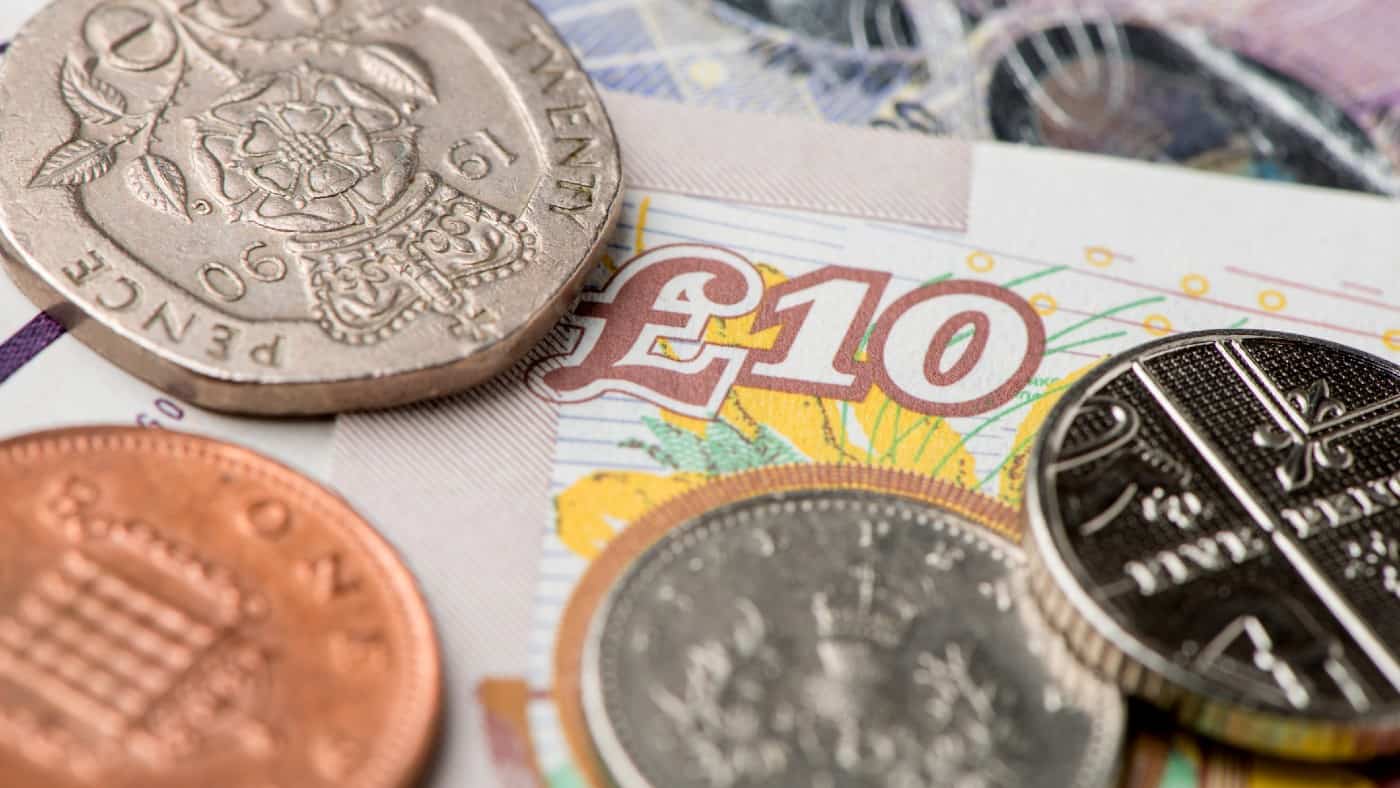If I wanted to boost my passive income streams, one way is to invest in shares that pay me dividends. Over time, hopefully those payments would build into a growing income stream. If I had a spare £3,000 to invest right now, here is how I could put it into a handful of FTSE 100 shares to target over £15 of passive income per month, on average.
Going for quality
There is a wide universe of shares I could buy, so why focus on the FTSE 100?
The index features a group of 100 of the largest companies listed on the London stock market. While size alone is not an indicator of quality, in broad terms, I think a business that is able to survive for decades and achieve a large market capitalisation often has demonstrated commercial strength.
No matter how good a business might be though, it can always run into unforeseen difficulties. That is why I would diversify my investment, by putting £600 into each of five FTSE 100 shares.
Choosing the shares
I would focus on buying shares in firms I expect could do well in coming years, thanks to strong customer demand and a competitive advantage. So what five companies would I buy into under this plan?
First is Vodafone. I recently invested in the telecoms giant, which currently offers an 8.4% dividend yield. I think its large installed base is a key asset, though a chunky debt pile puts future dividends at risk.
Next would be another of my current holdings, British American Tobacco. It has built a successful global business around brands including Lucky Strike. But declining cigarette sales could hurt revenues and profits, though the firm is growing its non-cigarette income streams aggressively. The shares yield 7%.
I would also buy into retailer Tesco, with its 4.7% yield. I see the supermarket giant as a fairly unexciting but, hopefully, solid choice. I think its large store network and economies of scale could help it benefit from resilient demand in the grocery market. Pricing competition could eat into profits though.
I would invest in insurer Legal & General. A harsh winter could push up claims settlement costs, hurting profits. But the company has long experience in a market with strong demand, in which its well-known brand helps it attract clients. The shares yield 7.1%.
The fifth and final choice for my portfolio of FTSE 100 dividend payers would be packaging company D S Smith. I expect continued strong demand for packaging due to buoyant digital commerce. This can help the company keep doing well, though higher pulp costs pose a risk to profits. The D S Smith dividend yield is 4.7%.
Buying my FTSE 100 portfolio
This is an illustration of how I could put £3,000 into well-known shares today. The average dividend yield would be 6.4%, which should give me a dividend income equivalent to just under £16 a month.
For now, without spare cash available to use on this plan, it will remain on the drawing board. But I am attracted to the idea of buying blue-chip FTSE 100 shares to help boost my passive income streams.








